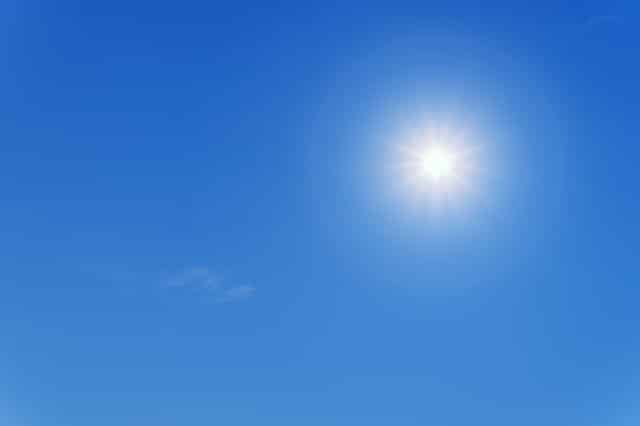The Better Lawn Blog
Insight and industry knowledge on all things important to your lawn.
From landscaping tips to fun ideas for yard play, we cover a wide range of meaningful topics on our blog page.
Surviving the Summer Heat
May 29, 2023
With highs well into the 90s and even breaking 100 – this could spell disaster for your landscaping (or your lawn!) should you forget to water it. In summer, regular watering keeps your lawn healthy, colorful, and resilient, warding off wilting and pests. Don’t forget, the scorching heat can also harm shrubs, plants, flowerbeds, and delicate flowers. So, protect your landscaping by establishing a watering schedule and taking measures such as planting heat-loving flora for a thriving outdoor space this summer!
This beautiful flora will thrive throughout the summer heatwaves:
Low-growing verbena spreads well and makes an ideal ground cover. Dark leaves are paired with purple or blue flowers, which attract butterflies and honeybees.
Crape myrtles are a southern staple common in many landscapes. They tend to prefer warm temperatures and may not bloom well in cool climates. Even on the hottest days of summer, the white, pink, lavender or red flower clusters bloom beautifully.
Hydrangeas prefer a shade-filled afternoon (don’t we all?) and while they do love water, these shrubs tend to thrive in the heat. Large masses of papery flowers bloom in clusters on the hydrangea, filling out the large shrub perfectly. Plant colorful zinnia’s in your garden to attract all sorts of pretty butterflies and hummingbirds. Flowers range from white to yellow.
The elegant Japanese Maple comes in a variety of colors, shapes and sizes and is known for the striking red-orange leaves it produces. Though many varieties prefer some shade during the day, maples tend to do very well throughout the year, from summer heat to winter cold.
A word of caution: any plant, no matter how heat-resistant and drought-tolerant, will need at least some water to survive!
